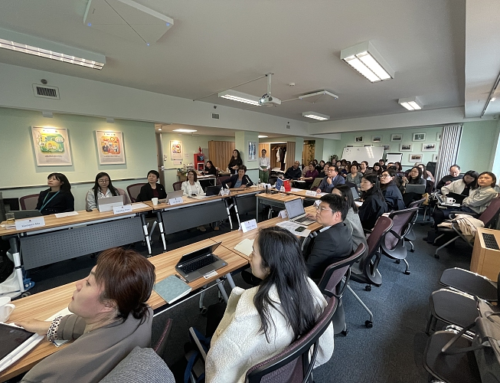On 11 January 2023, the China Association for Standardization (CAS) convened the kick-off meeting for its association standard project: Methods for identification of standard essential patents (SEP). A total of 24 CAS members – including SESEC – participated in the meeting, including representatives from different industries (mainly the communication industry and automobile industry), SDOs, academy, certification and evaluation organizations. While judiciary bodies did not attend, they play an essential role in drafting the standard.
During the meeting, Fang Yuan Mark Certification Group introduced the background, purpose and significance of the standard. Afterwards, the representative from Beijing Moqiu Technology Co., Ltd. (the main drafter of the standard) presented the initial framework of the standard for discussion, including the requirements for the identification subject (patents, and relevant rights), as well as the identification method, process, relevant organizations, and report & disclosure. In the closing session, participants provided their opinions on the framework (click here to find about the slides) and the contents of the standards. As a result, the meeting identified challenges that needed to be addressed, or at least alleviated, by the standard, including the contradiction between:
- Patents’ technical diversity vs. SEP identifiers’ limited capacity in complex technologies.
- Protection of patentees’ legal advantages vs. reduction of costs for patent users who requires prudent identification, reduction of royalty and cost, establishment of SEP clearing and exiting mechanism.
- Huge amounts of patents vs. limited time and resources for identification
- Common requirements vs. sector-specific requirements
- Usage of advanced experiences in concepts and approaches, drawn from strongly correlated sectors or developed countries, their monopolization over those concepts and approaches.
- Frequent updates of standards and patents relatively stabilized SEP identification methods.
During the meeting, SESEC expert introduced the debates in CENCENELEC and ETSI community on the SEP issues and restated the points from European SDOs on their IPR policies. SESEC also reminded that there are difficulties all over the world on the SEP identification and pricing setting, thus the drafting team should lower their expectation on the future application of the standard. It would be more practical if the standard can give some direct and clear guidelines on how to identify and evaluate the SEP in the standards drafting.
At the same time, the meeting reached agreement on the following issues:
- The standard will only provide a common framework, leaving space for the industry to develop their sector-specific SEP identification methods.
- Judicial organizations will be engaged during the standard drafting process, as this would facilitate the adoption and reference of this standard in judicial practices.
- Communication among patentees, patent users, and standard-setting bodies should be strengthened, to enhance the efficiency and speed of patent licensing, while reducing the high cost caused by difficulties in identifying SEPs.
- Communication and automobile industries are highly correlated to SEP identification and have strong demands for the standard.
- Feasible solutions shall be developed based on research and analyses on international SEP practices.
- Accurate understanding and consensus on basic concepts should be ensured.
- The standard shall be supported by requirements for patent disclosure, SEP identification bodies and their professionals.
At the end of the meeting, CAS summarized the main outcomes, asking all participants to provide any additional comments and SEP identification cases in the following month, so as to optimize the framework of the standard. A second meeting is expected to be held in late February for further discussion.
To find out more about the meeting slides, PLEASE click here.




